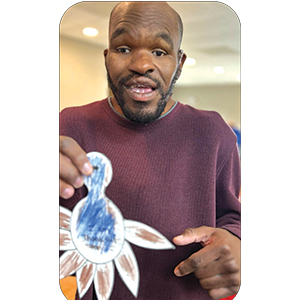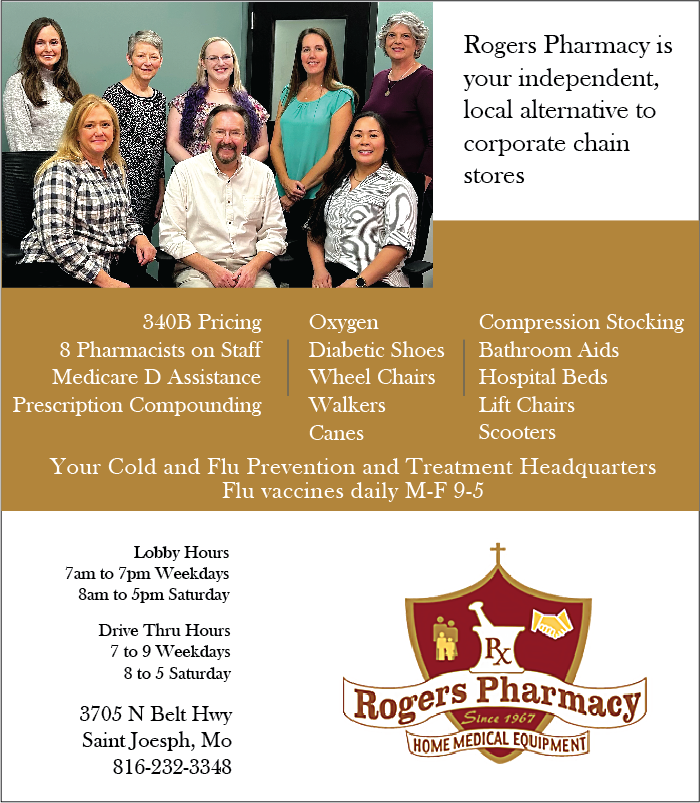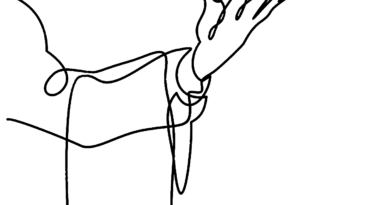Designing Jobs That Satisfy
By Shannon Bond
According to The Conference Board Job Satisfaction Survey in 2023, 62.3 percent of U.S. workers were satisfied in 2022. That’s the highest level of satisfaction since 1987. But, if you’re on the lower end of that statistic, imagine stepping into an office, retail store, or any other job each day where the work feels mundane, feedback is scarce, and challenges are few. It’s easy to see why employees might struggle with motivation and satisfaction. However, if we look at the deeper psychology behind job design, it’s clear that it doesn’t have to be that way. Examining Herzberg’s Motivation-Hygiene Theory and the Job Characteristics Model by Hackman and Oldham offers insights into what truly drives employee satisfaction.
While they are not the newest studies on the market and have shortcomings, such as accounting for personal preferences and ensuring that satisfaction indeed increases production, they still have value. Also, remember that not every employee is the same, and personality traits can significantly affect how well someone adapts to a job. There is never a one-size-fits-all solution for any management situation. For instance, a highly conscientious employee may thrive in an autonomous role that demands punctuality and organization, while someone less structured may struggle. Still, these models give us an excellent platform from which to start.
Herzberg’s theory distinguishes between what creates dissatisfaction and what actively creates satisfaction. Factors like company policies, salary, relationships with supervisors, and work conditions are what Herzberg called “hygiene factors.” These elements may prevent dissatisfaction but don’t necessarily lead to job satisfaction. In other words, we all expect a safe work environment, respectful interactions, and fair pay, but that’s the low bar.
On the other hand, elements like achievement, recognition, responsibility, and opportunities for growth can create job satisfaction. Not only that, but that satisfaction may lead to increased motivation and loyalty, which is what every business owner or manager should strive for.

For a more practical approach, the Job Characteristics Model by Hackman and Oldham outlines five core factors to enhance job satisfaction:
- Skill variety
- Task identity
- Task significance
- Autonomy
- Feedback
According to this model, these elements together create inherently motivating and fulfilling jobs.
Take the first element, skill variety. A job that requires an employee to use a range of skills and talents ensures that the employee stays engaged. Consider the difference between an assembly line worker performing the same task repeatedly and a project manager juggling client relationships, budgeting, and team coordination. The project manager is likely to feel more engaged because the role demands a diverse set of skills. Action: Work one-on-one with your employees and ask them about their interests, current skills, and what areas they want to grow in. Maybe they can’t perform these new tasks as part of their daily duties, but there might be a project on the side that will help them feel more engaged (process improvement, helping with schedule management, inventory, etc.).
Next is task identity, which refers to how well an employee understands their task’s place in the larger mission. Jobs where employees can identify their contributions to a larger goal create a stronger sense of purpose. For instance, a software developer who designs, builds, and tests a complete application will likely feel more fulfilled than one who only writes a single line of code without understanding the larger product. Action: Be sure to share a strategic overview with staff; even if they have no input, it may help them understand their place in the mission and why their work is essential. On a side note, it may also help to weed out any activities that aren’t contributing enough to the mission (don’t waste time on tasks that don’t matter!).
Task significance, the third factor, speaks to how much an employee’s work impacts others. Nurses, for example, understand the critical role they play in patient care, and this significance adds value to their daily tasks. But it could be as simple as a barista’s effect on his customer’s quality of life by offering the perfect coffee brew, a smile, and an encouraging word. Action: It’s up to the business owner or manager to communicate the vision to their staff to help them understand the impact of their work, not just where it fits in.
Autonomy, another critical element, is the degree to which employees can make decisions in their work. Herzberg’s emphasis on increasing responsibility for high-performing employees aligns well with this concept. When employees are free to make decisions and manage their workflow, they are more likely to feel empowered and motivated. Action: Obviously, this depends on each employee’s capabilities, motivation, and knowledge. Start by observing your staff, taking notes, and discussing areas of autonomy with them to try on a trial basis while giving feedback, which is the next and final element.

Feedback plays an essential role in sustaining motivation. While formal reviews are important, Hackman and Oldham highlight the value of real-time feedback, whether it comes from managers, peers, or even the work itself. Employees need to understand how well they are performing and how their work contributes to the organization’s success, even if there are areas to improve. Action: Evaluate how to interact with staff beyond the formal review process and experiment with ways to engage and give feedback if they aren’t already getting what they need.
All of this thought, design, and interaction with employees takes effort. But, it pays off through sales, productivity, increased service calls, or however your company measures success.
As Simon Sinek says, “Leadership is not a license to do less. Leadership is a responsibility to do more.” When organizations align their job design with these principles, they create roles that are more than just jobs; they become sources of personal fulfillment, and if we are all spending at least eight hours a day working, isn’t that a worthy goal?
In essence, designing jobs to enhance satisfaction is not just about ticking boxes for job responsibilities or improving the work environment. It’s about accomplishing your business’s mission while crafting roles that challenge and fulfill employees, giving them the tools and freedom to grow, and ensuring that their work has meaning to themselves and the organization.

When you choose Fulfillment House, you help provide meaningful work to adults with special needs.
Fulfillment House offers printing, packaging, warehousing, and shipping for personal and professional needs.
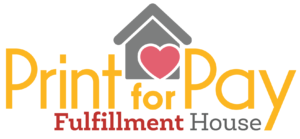
 Name: Dasia
Name: Dasia
Age : 20
Dasia is one of our more recent hires at Fulfillment House. She has been part of our team for more than four months now. She enjoys all the tasks here and is always happy to jump in and help wherever needed.
Dasia is very active outside of work and has various interests. She enjoys playing video games and sketching on her iPad, especially anime. She is quite a talented artist! Dasia also loves animals and spends a lot of time with them. She helps take care of her many pets at home, including four dogs, four cats, four chickens, and two snakes. This is also her second year riding horses at Northland Therapeutic Riding Center, which she says is really fun!
Thanks for everything you do for Fulfillment House, Dasia!
Contact us for Print, Design, Shipping or Warehousing!
print@thefulfillmenthouse.org
www.thefulfillmenthouse.org
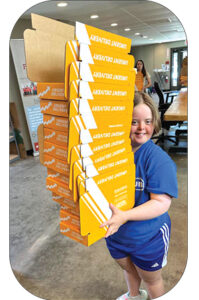 The Fulfillment House began in 2018 as a passion project for two local business owners as one of their sons with Down Syndrome was navigating the often-difficult transition to life after high school. They saw the potential to take an existing business need and transform it into an enriching employment opportunity for adults with special needs.
The Fulfillment House began in 2018 as a passion project for two local business owners as one of their sons with Down Syndrome was navigating the often-difficult transition to life after high school. They saw the potential to take an existing business need and transform it into an enriching employment opportunity for adults with special needs.